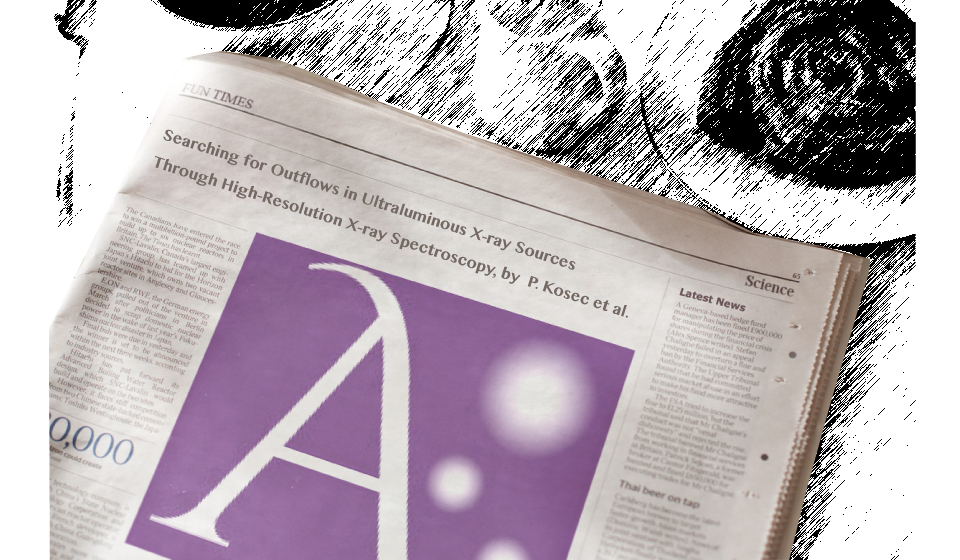
Searching for Outflows in Ultraluminous X-ray Sources

By P. Kosec
Abstract: "Ultraluminous X-ray sources are non-nuclear point sources exceeding the Eddington luminosity of a 10 Solar mass black hole. Modern consensus for a majority of the ULX population is that they are powered by stellar-mass black holes or neutron stars accreting well above the Eddington limit. Theoretical models of super-Eddington accretion predict existence of powerful outflows of moderately ionised gas at mildly relativistic velocities. So far, these winds have been found in 3 systems: NGC 1313 X-1, NGC 5408 X-1, NGC 55 ULX. In this work, we create a sample of all ULXs with usable archival high resolution X-ray data, with 10 sources in total, in which we aim to find more signatures of outflows. We perform Gaussian line scans to find any narrow spectral signatures, and physical wind model scans where possible. We tentatively identify an outflow in NGC 5204 X-1, blueshifted to 0.34c, which produces emission features with a total significance of at least 3σ. Next we compare ULXs with similar hardness ratios. Holmberg IX X-1 shows absorption features which could be associated with a photoionized outflowing absorber, similar to that seen in NGC 1313 X-1. The spectrum of Holmberg II X-1 possesses features similar to NGC 5408 X-1 and NGC 6946 X-1 shows O VIII rest-frame emission. All other sources from the sample also show tentative evidence of spectral features in their high resolution spectra. Further observations with the XMM-Newton and Chandra gratings will place stronger constraints. Future missions like XARM and Athena will be able to detect them at larger distances and increase our sample."

